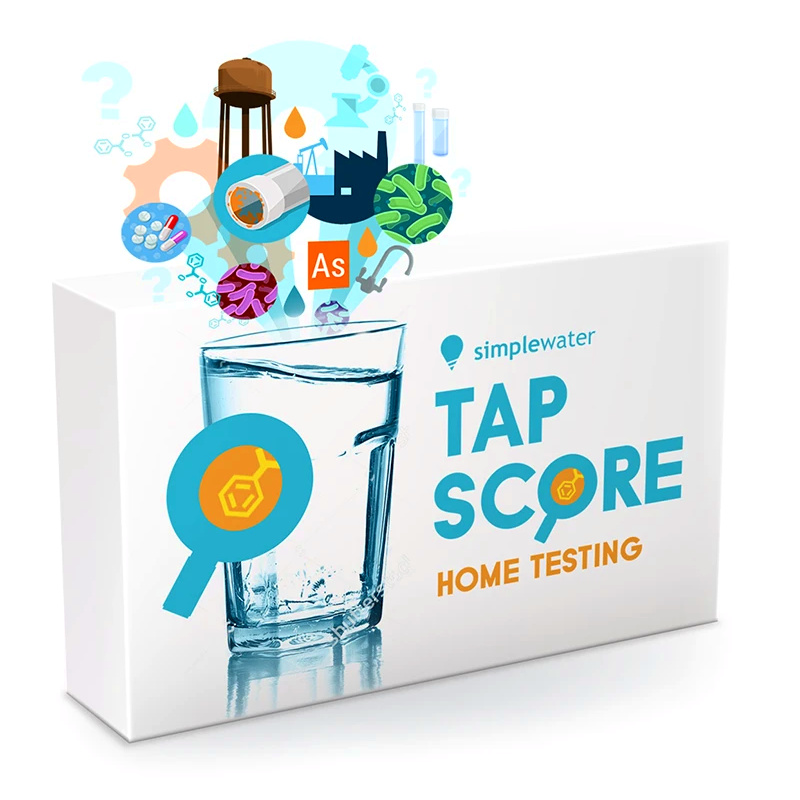FRASER VALLEY
Water Well Guidelines & Regulations
Private Water Well FAQ for 2020
Vancouver, Chilliwack, Hope, Abbotsford, Clearbrook, Mission, Surrey, Langley, Fort Langley, Burnaby,
New Westminster, Coquitlam, Port Coquitlam, Maple Ridge, Pitt Meadows, Ladner, Tsawwassen, Richmond, Whistler & Squamish
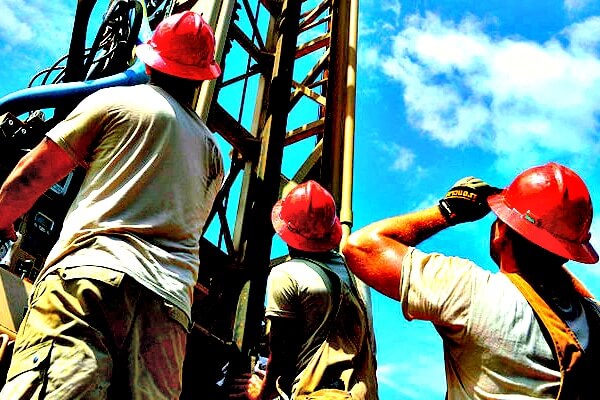
FRASER VALLEY
Water Well Drilling
Local Estimates
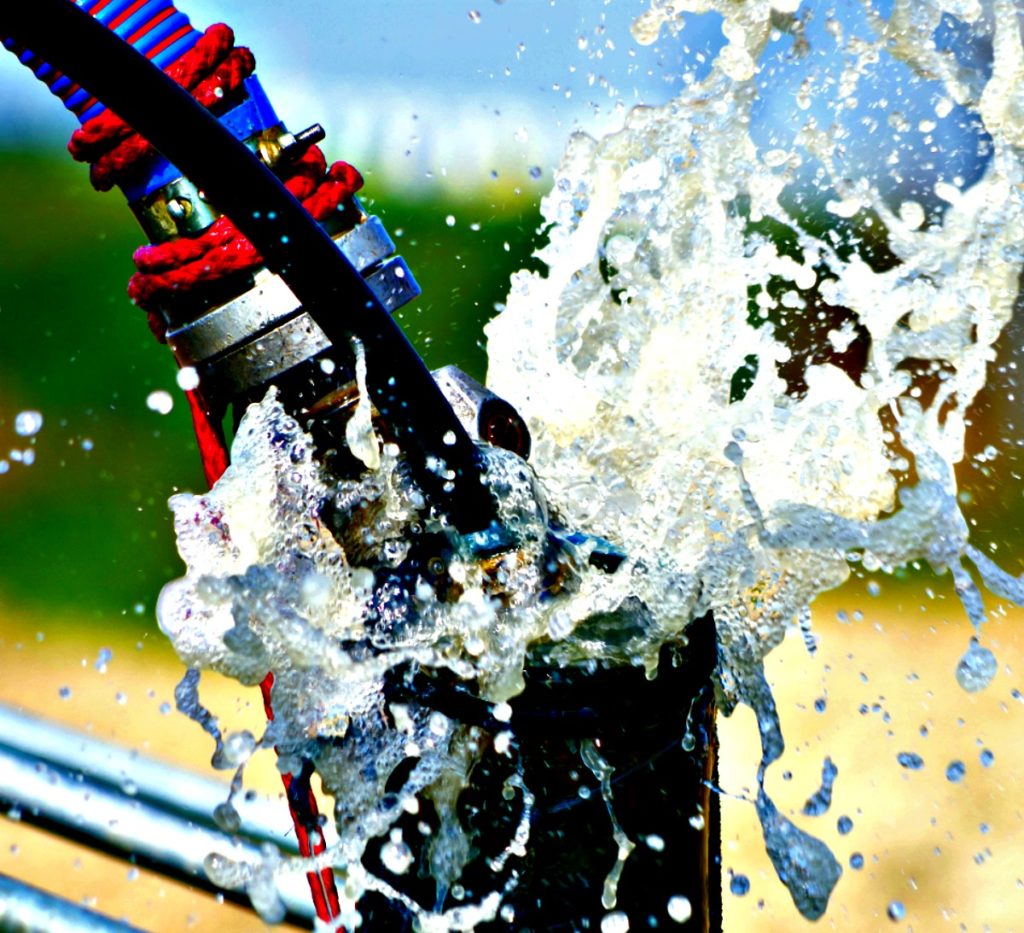
Fraser Valley Water Well Guidelines & Regulations
Fraser Valley Water Well Guidelines & Regulations is a complete FAQ resource for local water well advice in the Fraser Valley.
Water wells in the Fraser Valley provide businesses, small communities, municipalities, farms and property owners with access to groundwater to for domestic and non domestic water requirements.
Groundwater wells must be constructed and maintained to ensure that the groundwater supply is secure from the potential of pollution, and reducing the possibility of water waste.
If a water well is utilized to provide a property with water for either domestic or non-domestic purposes, it’s important to be fully aware of the general requirements for water well drilling, maintaining a water well or the installation of a well pump or well pump repairs in the Fraser Valley.
It’s crucial that water wells are properly constructed so that water supply requirements are fully met. A groundwater supply should be safe, efficient and secure, without causing any damage to the groundwater resource.
As well as this resource you can learn more about the Fraser Valley Guidelines Regulations from BC Government Ministry of Environment
Water Well Service Area - Fraser Valley
Fraser Valley Water Well Guidelines & Water Well Regulations Includes:
Vancouver, Whistler, Burnaby, New Westminster, Chilliwack, Abbotsford, Clearbrook, Mission, Surrey, Langley, Coquitlam, Port Coquitlam, Maple Ridge, Pitt Meadows, Ladner, Tsawwassen, Whistler
FRASER VALLEY
Water Well Guidelines & Regulations FAQ
Well Drilling - Water Well Pumps - Water Well Setbacks
Vancouver, Burnaby, New Westminster, Chilliwack, Abbotsford, Clearbrook, Mission,
Surrey, Langley, Coquitlam, Port Coquitlam, Maple Ridge, Pitt Meadows, Ladner, Tsawwassen & Whistler
A: The Water Well Setback Regulations for the Fraser Valley:
New water wells in the Fraser valley should not be:
1) Within a horizontal distance of 6 m (20′) of an existing building.
2) Within a horizontal distance of 30 m (100′) of any probable source of contamination or point of waste discharge to the ground, such as a privy vault, cesspool, septic effluent field, manure heap, stable or pig sty; or
3) Within a horizontal distance of 120 m (400′) of any cemetery or dumping ground.
4) At least 15 m from an existing water supply well.
Not all water wells in the Fraser Valley are drilled deep, in fact a significant number of wells will be less than 200′ in depth. When a water well is constructed near a possible source of contamination the water well may be vulnerable, it may become contaminated with the potential of causing serious illness or in possibly death.
British Columbia Groundwater Protection Regulations and the Ministry of Environment setbacks for water wells in the Fraser Valley are in place to protect water resources from becoming tainted from a from many possible sources of contamination.
To understand the comparable water well drilling depths in your Fraser Valley community, it’s best to locate the Ministry of Environment setbacks and refer to your local resources including well drilling reports, resources are available at Wells Database BC and local community or municipal bylaw offices.
What may be considered a source of well contamination?
This could include waste discharge to the ground, such as privy vaults (also known as an outhouse or pit toilet), cesspool (“overflow” pits), underground storage tanks, septic tanks an effluent field, stable or pig sty, manure heap, fertilizers & pesticides, storm run-off from urban areas, possibly a cemetery or even land-fill sites.
Water wells drilled in the Fraser Valley should always be located on elevated ground when possible, this protects the well head from normal or seasonal flooding and possible surface drainage.
Both shallow wells and deeper drilled wells can become vulnerable to flooding and contamination, it’s important to locate a well away from surface drainage-ditches and other possible sources of contamination.
Learn more about Water Well Setbacks in the Fraser Valley
A: the Legal Requirements for Groundwater Users:
New water wells in the Fraser valley should not be:
According to the Government of British Columbia website, if you divert and use groundwater for non-domestic purposes, you must now obtain a water licence and pay water fees and rentals. This change came into force with the Water Sustainability Act (WSA) on February 29, 2016.
Licensing indicates the maximum water allowance while also increasing the security of the access to the water source. It works in a similar way as for surface water.
If you are a well owner and you use water for domestic purposes, you are exempt from licensing and paying provincial water fees and rentals. However, domestic groundwater users are deemed to have rights to the water they use for domestic purposes. Domestic groundwater users are encouraged to register their well.
Learn more about the Legal Requirements for Groundwater Users in the Fraser Valley and Lower Mainland of British Columbia
A: Who is Responsible for Attaching a Well Identification Plate to a Well in the Fraser Valley?:
According to the Government of British Columbia – Ministry of Environment website, the person responsible for drilling a new well or altering an existing well, on or after November 1, 2005, is responsible for attaching a well identification plate to the well.
The owner of an existing water well that supplies a drinking water supply system well (a community well) is responsible for attaching a well identification plate by October 31, 2006.
A: Where to Attach the Well Identification Plate in the Fraser Valley:
According to the Ministry of Environment website, the well identification plate must be securely and permanently attached to the well casing, well cap or well cover so that the well identification number is plainly visible.
If it is not possible to secure the well identification plate in the above manner, it may be attached to a nearby post, pump house or building adjacent to the well so that the well identification number is plainly visible. Safety must be foremost when attaching a plate in a well within a subsurface vault.
If 2 or more wells are contained in a single protective casing, each of those wells must have a well identification plate
A: How to Attach the Well Identification Plate to a Water Well in the Fraser Valley:
According to the Government of British Columbia, the well identification plate can be attached to the well casing using a slotted, stainless steel hose clamp strap.
If it is not possible to attach with the strap, other means can be used such as an epoxy adhesive. If attaching the plate to a pump house or building, ensure the plate is securely attached to the building.
A: Aquifer in the Fraser Valley are Valued Resources:
Groundwater is one of our most valuable resources in the Fraser Valley, even though you probably never see it or even realize it is there. Most of the void spaces in the rocks below the water table are filled with water. These rocks have different porosity and permeability characteristics, which means that water does not move around the same way in all rocks below ground.
An aquifer is a large underground storage space for water. Groundwater can be extracted using a water well. Hydrogeology studies the flow of water and it characterizes aquifers.
Learn more about Hydrogeology and Water Well Drilling in the Fraser Valley
A: The Cost to Drill a Well in the Fraser Valley:
The well drilling costs in the Fraser Valley will be determined by numerous factors. The cost to drill a well per foot will depend on the drilling location, drilling depth and the well casing diameter. 6″ diameter wells are the standard size for domestic wells in the Fraser Valley & most of British Columbia.
Most residential water wells may cost approximately $8,000 and $15,000 but it would be very important to request a detailed well drilling cost estimate prior to drill a well.
Learn more about the cost to drill a well in the Fraser Valley and what happens if you do drill a dry well… then what happens?
A: What is the Lifespan of a Water Well?:
A drilled water well in theory could last up to 100-years in some areas although it would certainly not be common in the Fraser Valley area.
There are numerous variables to consider, it’s important to evaluate a property and consider the importance of properly siting a new water well prior to drilling a well in the Fraser Valley.
Water well siting may help yield as much water as possible, if local aquifer conditions change a properly cited water well will hopefully still remain productive even in severe summer weather.
A: Water Well Identification Plate Requirements in the Fraser Valley:
According to the Government of British Columbia website, two factors determine if a well identification plate is needed: the type of well, and the date the well was constructed or altered.
If the well is one of the following three types and is constructed on or after November 1, 2005 (i.e., a “ new well”), a well identification plate must be attached immediately after drilling is completed:
(a) water supply well;
(b) recharge or injection well made by drilling; or
(c) permanent vertical de-watering well made by drilling.
If the well is a drinking water supply system well (a community well) and was constructed before November 1, 2005 (i.e., an “existing well”), a well identification plate must be attached by October 31, 2006.
If the well is one of the following three types, was constructed before November 1, 2005 (an “existing well”), and is altered on or after November 1, 2005, a well identification plate must also be attached:
(a) water supply well;
(b) recharge or injection well made by drilling; or
(c) permanent vertical de-watering well made by drilling
Learn more about Well Identification Plate Requirements in the Fraser Valley
A: Water Well Maintenance in the Fraser Valley:
Your Fraser Valley well water should be tested at least annually along with periodic water well disinfection & flushing as required to maintain a clean healthy well.
Many well owners wisely conduct an annual maintenance inspection of the complete water system. Preventative maintenance can reduce water well expenses and equipment damage.
A: The Purpose of Water Well Identification in the Fraser Valley:
According to the Government of British Columbia website, attaching a well identification plate to a well helps distinguish one well from another in the field, and allows verification of the well to the well record. Section: 74 of the Water Act and Part: 6 of the British Columbia Ground Water Protection Regulations require a well identification plate to be attached to certain types of wells.
A: Testing Your Water in the Fraser Valley:
If you own a private water system or water well and if the quality of your water concerns your health and the health of your family, you need to be aware of some important details about water testing and water quality, you alone are fully responsible for the safety of your water
If your water comes from a private system whether it’s a drilled well or shallow water well it’s important that it’s tested by a certified lab to verify that the water is safe for you and your family to use for domestic purposes, such as drinking, cooking, washing of food, bathing and pets.
Learn more about Testing your Water in the Fraser Valley
A: Water Testing in the Fraser Valley is Very Important:
A water well should be regularly tested in order to maintain a safe source. By doing so your water well has regular water quality reports, a water testing track record may provide better legal protection from potential problems in the event that a water well source is somehow damaged or contaminated from other sources.
It’s also essential to test the water quality with respect to it’s future use, such as drinking water, livestock watering, etc.
A: How Often Should a Water Well be Tested in the Fraser Valley:
It is recommended that private wells be sampled and tested annually for disease-causing organisms at minimum, some wells may need to be tested more often.
Learn More About Water Test Kits in the Fraser Valley.
A: What Exactly Should I Best Testing My Water For?:
A variety of tests can be carried out to test the quality of the water, such as coliform bacteria, nitrates, pH, sodium, chloride, fluoride, sulphate, iron, manganese, total dissolved solids, nitrate, sodium, chloride, sulphate, iron, and manganese can impart objectionable taste or odor to water, sulfate and fluoride.
Learn More About Water Testing in The Fraser Valley
A: Can a Flow Rate Test Be Done to Determine the Yield of a Water Well?
If you know the depth of the well, the level of the water and pump depth, the water storage capacity can be calculated. The flow rate can be obtained via a flow rate test. The flow is the amount of water that is obtained from the well.
The flow rate is the speed at which the flow is coming, generally measured in gallons per minute. The average household needs 100 to 120 gallons per person per day, and a flow rate of about 6 to 12 gallons per minute is a very reliable source.
If purchasing Real Estate with a Water Well in the Fraser Valley it’s vital to have the complete water well system inspected which may also include a flow rate test.
A: Can a a Water Well Be Protected From Contamination?
The most important action is to regularly test the water. Additionally, the water supply should be protected by managing activities near the water source. For households using a domestic well, this includes keeping contaminants away from sinkholes and the well itself, among others
A: Water Well Construction in the Fraser Valley
The Main Components of a Water Well in the Fraser Valley Are:
- Well Head – The head is generally made of steel casing and it has a cap which helps keeping the debris away from the well.
- Well Casing – The casing system allows the water to flow from the aquifer and reach the pump which is located inside the casing.
- Water Well Pump – A water pump is required in order to pump the water. Generally, electric submersible pumps are used.
A: Water Well Construction & Site Clean-up
Most water well drillers will do their best to contain the cuttings that are produced while drilling for water, however you will still need to do a little site clean-up.
You may need to have the cutting removed from the well drilling site once drilling has been completed. These cuttings can be collected in a container to then be sucked by a vacuum truck or they can simply be manually removed.
A: Water Well Size
Most domestic water well in BC are 6” diameter
A: Water Well Screens and Installation
The steel screens are installed inside the casing at the bottom of the well because they are slightly smaller than the well casing. Once the screens are set at the bottom of the well, the driller pulls the well casing up in order to expose the screens to the water bearing material
A: Groundwater Limitations
According to the Government of British Columbia website, during times of water scarcity or drought, the B.C. government can apply a number of regulatory options, alone or in combination to protect the rights of water users, essential household needs and aquatic ecosystem
A: Groundwater Limitations
According to the Government of British Columbia website, during times of water scarcity or drought, the B.C. government can apply a number of regulatory options, alone or in combination to protect the rights of water users, essential household needs and aquatic ecosystems.
A: Water Well Development in the Fraser Valley:
Firstly, the well is drilled and all components constructed. Secondly, the well is developed. This is done to increase the well´s discharge capacity. This usually is done by alternately pumping the well and surging water in the bore to wash silt and sand from the formation and open it to greater flow rates.
A properly developed well will produce adequate quantities of sand and mud-free water.
A: The Most Commonly Used Water Well Pumps in the Fraser Valley:
While some wells may flow at land surface under artesian pressure, most require some type of pumping mechanism to lift the water. Almost all of the common well pumps are centrifugal in design, using spiral impellers to push or pull water up and out of the well.
The most common of these is the above-ground centrifugal, where the motor and pump sit at or near the well. These pumps can move large volumes of water, but they cannot typically lift from depths greater than 25 feet. Wells with deeper static water levels and relatively low discharge requirements, such as domestic wells, often use submersible pumps.
Submersible well pumps usually are attached directly above the motor and the entire unit is suspended in the well. Wells with deep water levels used for large quantities of water often use turbine pumps. Turbine pumps have the motors sitting on top of the well with a long shaft turning the impellers deep below the surface.
A: Water Well Pumps Fraser Valley:
Submersible well pumps are reliable technology. They are typically low maintenance and can last 8-12 years. It’s not unusual to find one that’s been in service for 20 years.
Learn More About Water Well Pumps and Repairs in the Fraser Valley.
A: Water Well Surface Seal:
A surface seal is a non-permeable substance that prevents surface water or contaminated groundwater from seeping along the outside of the casing and entering your well possibly causing contamination.A: Definition of Gallons Per Minute:
GPM stands for Gallons Per Minute and is an approximate measure of the maximum water you can pump out of your well. Using air, we can estimate the gpm of your well at the time of drilling.
If you need a more accurate measure, a pump test by a qualified pump installer is recommended.
A: Sources of Contamination:
Possible sources of contamination could include:
- Septic tanks
- Livestock, silos, septic leach fields
- Oil tanks, waterproof storage of manure, and handling
- and storage of fertilizers
- Manure accumulation
A: Radio Protection vs Cone Depression:
No. The cone of depression is a phenomenon that occurs in uniform layers of gravel and sand that contain sufficient groundwater, which when pumped out form a depression around the well that lowers the initial water level. A cone of depression does not form in water from fractures or galleries.
On the other hand, the radius of protection is the distance that must exist between one well and another so that these are not affected in their production of water.
A: Advantages of a Drilled Well:
Nowadays the drilled wells in the Fraser Valley is often the best option to obtain water, without having to influence much in the terrain and landscape while also having a more stable flow because the underground aquifers have huge amounts of stored water reachable even in periods of drought. The deep wells are built in a small diameter avoiding falling children, landslides, among others. Its manufacture is fast since only in a couple of days it is operative.
The quality of the water is generally clear and clean of good bacteriological and chemical quality and very rarely requires a treatment to make it drinkable, besides it is free of particles that can damage your pump. From the real estate point of view having a well increases the value of your land since it is part of your independence.
Local Water Well Pros
Vancouver, Whistler, Burnaby, New Westminster, Chilliwack, Abbotsford, Clearbrook, Mission, Surrey,
Langley, Coquitlam, Port Coquitlam, Maple Ridge, Pitt Meadows, Ladner, Tsawwassen
